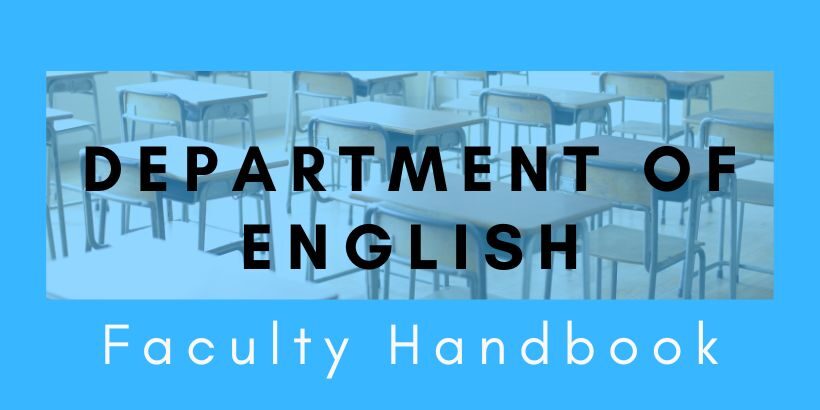Making your courses accessible is more than just including the accessibility statement on your syllabus and using accessible syllabus templates in first year writing. It also includes making sure that there are multiple modes for students to access the information you provide in class (this means making sure your documents are readable by a screen reader, or making sure your videos all have closed captioning). It also includes educating yourself about the variety of learning differences, both visible and invisible, that can affect our students. One great place to start, is at accessiblesyllabus.com, which has information about document design, course rhetoric and course policy. You may also find this information about Universal Design for Learning (UDL) helpful.
Do not single out individuals who you suspect might have disabilities (this is an invasion of student privacy.) Instead, direct the entire class to the resources provided by City Tech’s Accessibility Center. According to their webpage, “The Center provides support to enrolled students who have documented permanent or temporary disabilities. The Center’s primary mission is to support the educational goals for enrolled students with disabilities through access, empowerment, resources, advocacy, collaboration and outreach throughout the College, the University and the community at large.”
Keep in mind that it can be very expensive and difficult to get certain disabilities diagnosed and documented. You may also contact the Center to find out what types of support they give to students with documented disabilities and see if you can extend those supports to any student in your class who asks for them. For example, some professors don’t require a diagnosis for an extension on a paper; they just ask that students give them enough advanced warning and develop a plan for completion.



